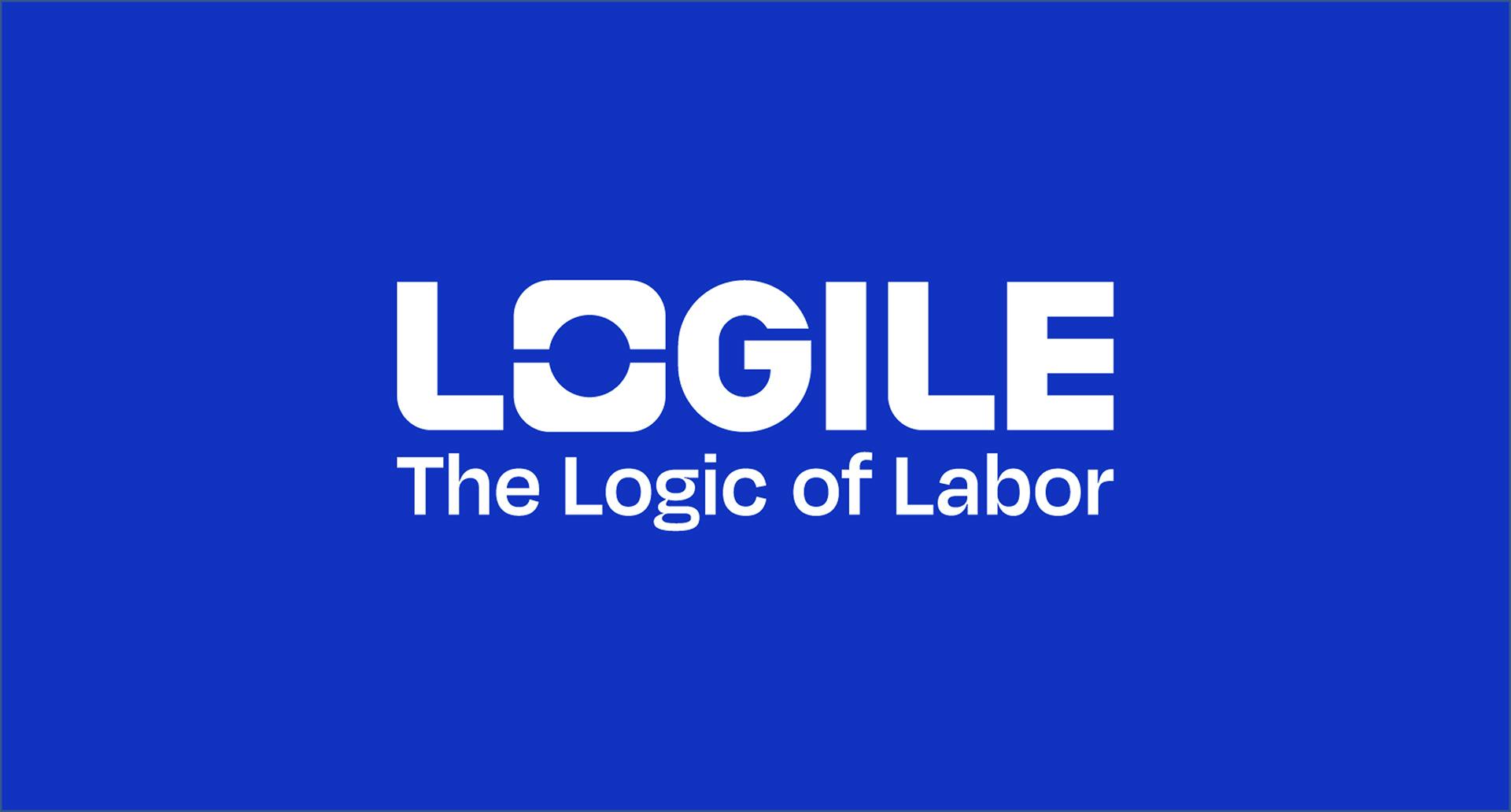
Retail labor management in the 2020s: Challenges and approaches
Retailers will largely remember the 2020s for how they dealt with two generational disruptors to the business world: 1) a changing global economy and 2) demographic shifts. Together, these disruptors are manifesting themselves in the form of high turnover, increased labor spend and skilled labor shortages.
Read this guide to learn how advanced labor planning combined with modern scheduling practices enables retailers to address challenges and gain competitive advantage in offering workers more flexibility more effectively.
Recent Posts
Retail Labor is Under Pressure. Will Your Strategy Hold?
2025-04-21
Understaffed shifts. Burned-out teams. Soaring overtime. Learn how to navigate the labor crisis in our latest whitepaper.
Read More
Conquering Complexity and Optimizing Inventory Management: A Strategic Guide
2025-03-21
AI can uncover hidden patterns that unlock innovative methods to solve a wide variety of retail challenges. Computational complexity theory provides a fundamental framework for assessing the suitability of AI applications in business contexts. By categorizing problems based on their inherent computational difficulty, this theory helps identify scenarios where AI can deliver optimal solutions, including inventory management optimization. Authored by Suvarna Krishnan, VP of R&D at Logile and Forbes Technology Council Member.
Read More
Unified Retail Workforce Management
2024-11-13
To support the modern workforce and keep pace with the rapidly changing retail environment, many retailers are looking to a new generation of workforce management (WFM) solutions that deliver greater flexibility and leverage AI. Learn how to create a win-win-win for stores, employees and customers!
Read More

